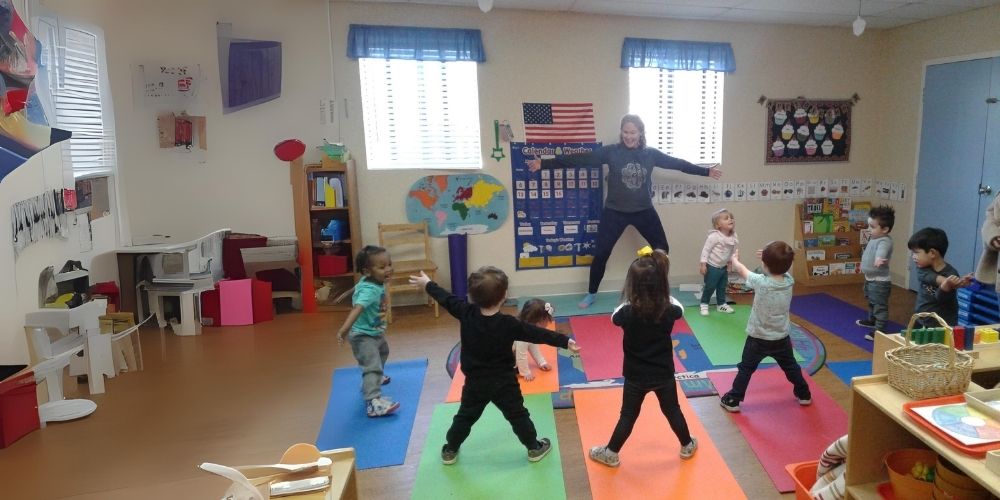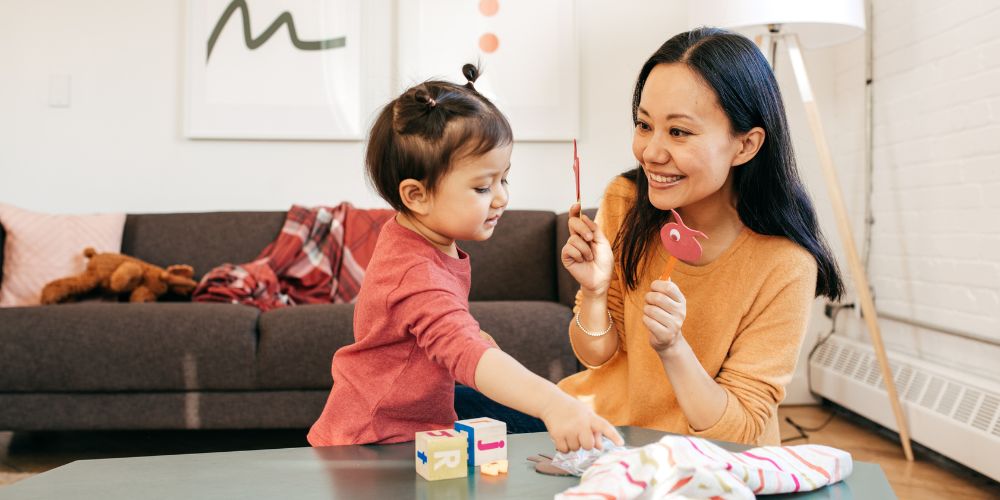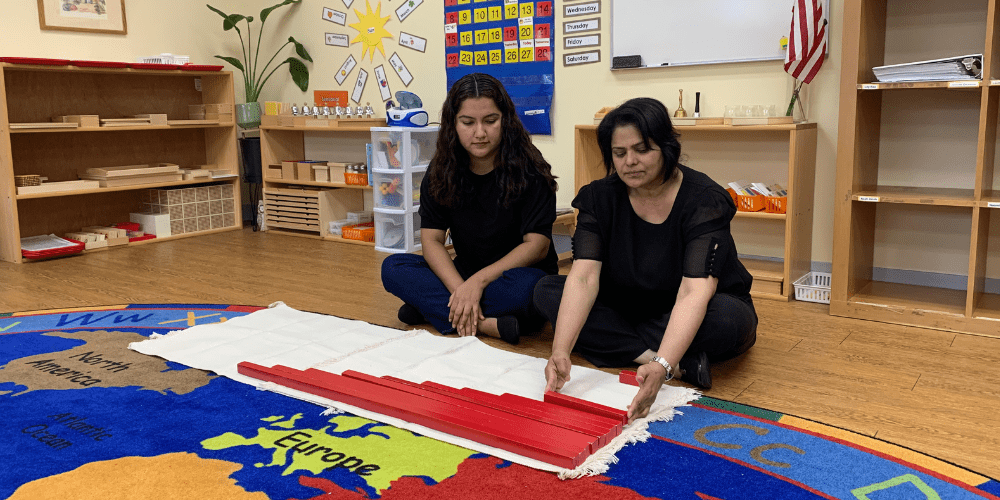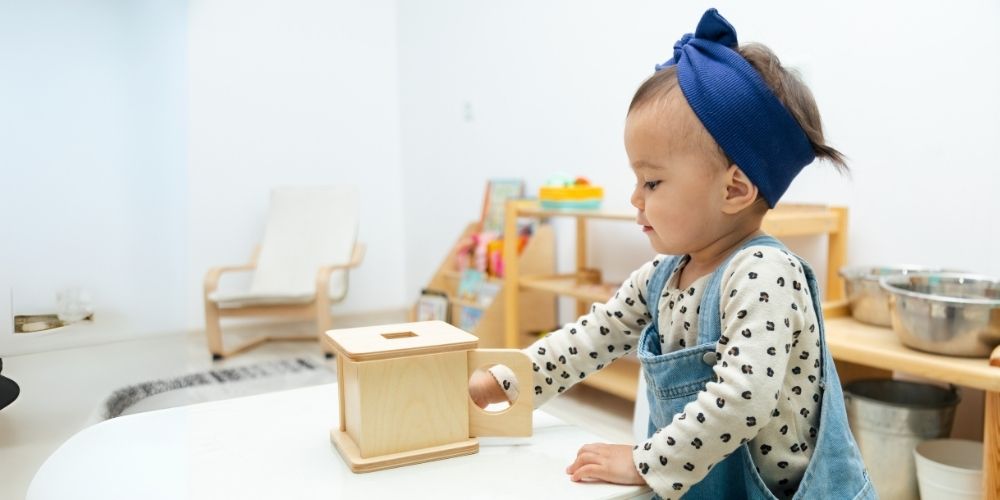Mindfulness has gotten a lot of attention recently; it occurs when you focus on the present moment, how your body feels when you breathe, listen to your thoughts, and acknowledge your feelings. As mindfulness continues to grow in popularity, many parents are exploring how to implement the calming practice within their homes.
Mindfulness is actively encouraged in a Montessori classroom, as the Montessori environment fosters focus, attention to detail, and the desire to be part of a community. Through hands-on exploration and learning in a peaceful environment, students at CMMS develop a respect for and appreciation of the environment around them as well as an understanding of the importance of practicing good values. This ties into being mindful as students pause to appreciate the details and progression of their work and take responsibility for supporting the space and the students around them.
What is Mindfulness?
When being mindful, one pauses to purposefully pay attention and calmly acknowledges and accepts feelings, thoughts, and sensations. The building blocks of mindfulness start with being intentionally aware of moments in life, engaging fully in your surroundings, and being present but not overly reactive.
Although Dr. Maria Montessori did not coin the term “mindfulness”, she recognized the need to address the whole child and support the development of every aspect of their physical, mental, and emotional growth, including what we now refer to as mindfulness. The Montessori method of education addresses four basic areas of development, leading to holistic wellness and mindfulness:
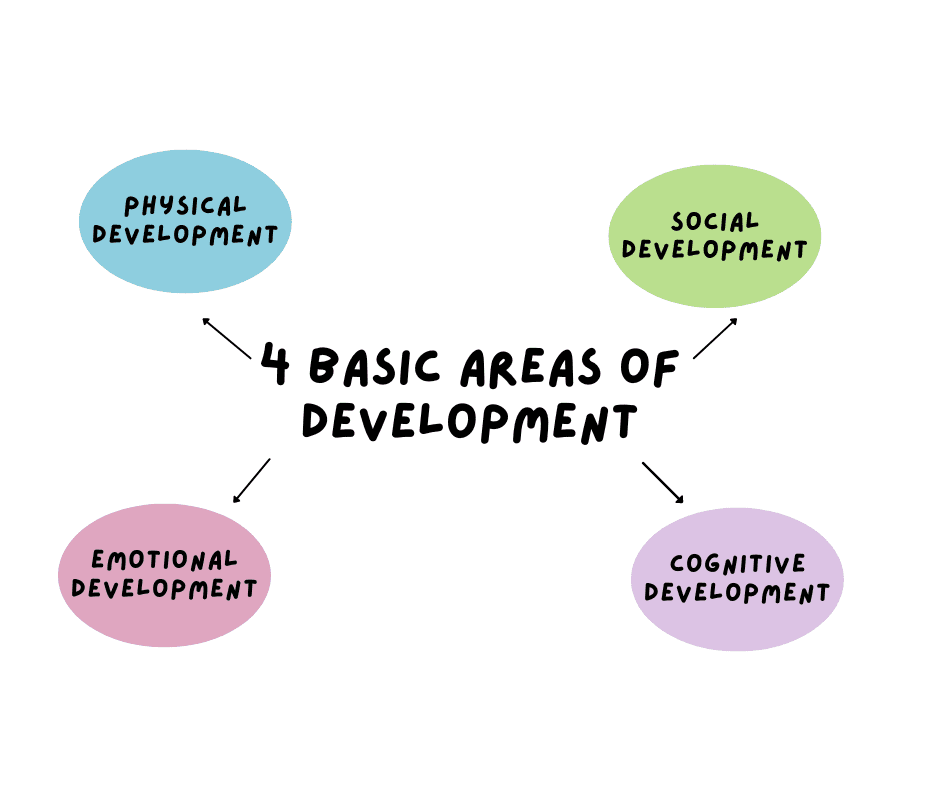
- To support Physical development students are encouraged to learn using all their senses. Throughout the school day, students are moving and being active with hands-on lessons and activities, promoting both physical growth and connection with their learning environment.
- Dr. Montessori also believed that learning to manage and recognize emotions in both yourself and others is an important life skill, and as children grow they begin to understand that their actions affect others. To support this emotional development in our Montessori classrooms, we guide our students to talk through and resolve issues peacefully: students will visit the peace corner in which we place various tools for mindfulness and self-regulation, and peace roses or doves to remind students to use kind words and actions in resolving differences.
- Montessori classrooms contain mixed-age groupings, providing the opportunity for social development as older students develop leadership skills as they act as guides for their younger peers, and all students benefit from encouraging their friends to preserve and succeed in their efforts.
- Lastly, we encourage cognitive development with our thorough and interdisciplinary curriculum that allows our children to understand our global relations–as they learn to view themselves as global citizens, appreciate other cultures, and become self-starting learners
Where to Begin with Practicing Mindfulness?
Take a moment to try to identify what causes you the most stress in your day to day life – this will be a great starting point to find focus in your mindfulness journey. Regardless of how large or small the stressors are, it can be extremely helpful to practice finding ways to have and maintain a sense of peace, and finding that balance starts with mindfulness.
Once you have identified a common source of your stress, it’s helpful to think about the emotions that this stressful situation provokes. Social-Emotional Intelligence is the ability to identify and manage both your own emotions and understand the emotions of people around you. Some of the basic components of emotional intelligence include:

Key elements of building social-emotional intelligence can also look like listening to your child (modeling behavior) so they will listen to you, encouraging their self-motivation, displaying empathy and self-awareness, and attaining emotional control in challenging situations (such as pausing to take a deep breath instead of yelling when upset).
The benefits of meeting the social-emotional learning needs of a child include:
- Self esteem development
- A positive attitude towards themselves and others
- The development of empathy and compassion
- A better understanding of how to handle stress and disappointment
- A sense of security and peace
- Fewer behavior issues as children know how to handle their emotions
How to Practice Mindfulness with your Child
You can help develop your child’s mindfulness by the experiences you share with them.
The phenomenon of emotional contagion is defined as the ability for people to sync their thoughts, emotions, or actions just by being in close proximity to one another, both physically and emotionally. This phenomenon is connected to how you can practice mindfulness!
Here are some ways to share mindfulness with your child:
- Listen to your family with curiosity
- Communicate honestly
- Practice gratitude
- Practice being supportive
- Embrace mistakes and imperfections
- Be forgiving
- Play and have fun!
Here are some activities you can do as a family:
- Mindful breathing: Place a teddy bear or other stuffed animal is placed on your child’s belly and they watch the bear move up and down as they take slow, deep breaths.
- Create a quiet place in your home where your child can go to be alone, reflect, practice breathing, etc. This is not a time out space! Let your child have a hand in choosing its location and decorating it in ways that encourage peace.
- The Appreciation Game: Ask your child a question, such as “have you ever felt disappointed by something?” When they tell you instances in which they have been disappointed, acknowledge that feeling but also point out there are happy things happening in their life as well, and together, name three things that made them feel good. This is a great tool to help develop thankfulness – you can develop this habit by setting aside a time each day to play the “three good things” game, such as in the car ride home from school, around the dinner table, during bath time, or at bedtime.
- Do a “body scan”: Sit or lie with your kids and, starting with the toes, silently or out loud bring awareness to one body part for a moment and relax that body part (aka ‘take a deep breath and relax your toes’), until you’ve worked all the way up to the top of your head. Let your child participate in calling out parts to relax too!
Other ways to be mindful together include:
- Meditate or do guided readings as a family (check out the following site: Time Out (Peace Out: Guided Meditation for Kids) | Cosmic Kids)
- Take a nature walk
- Volunteer to help others
- Get artsy as a family
- Donate clothes, toys, or unwanted items
Additional Mindfulness Resources
- https://positivepsychology.com/mindfulness-for-children-kids-activities/
- https://www.zerotothree.org/resource/mindfulness-practices-for-families/
- https://www.goodhousekeeping.com/health/wellness/g32267191/mindfulness-activities/
- https://www.therapistaid.com/worksheets/mindfulness-for-children
For more information about how Children’s Manor & Magnet Montessori Schools can impact your child’s education and future, you can learn more about CMMS & schedule a tour or visit us at an upcoming open house.

